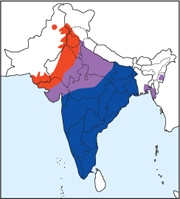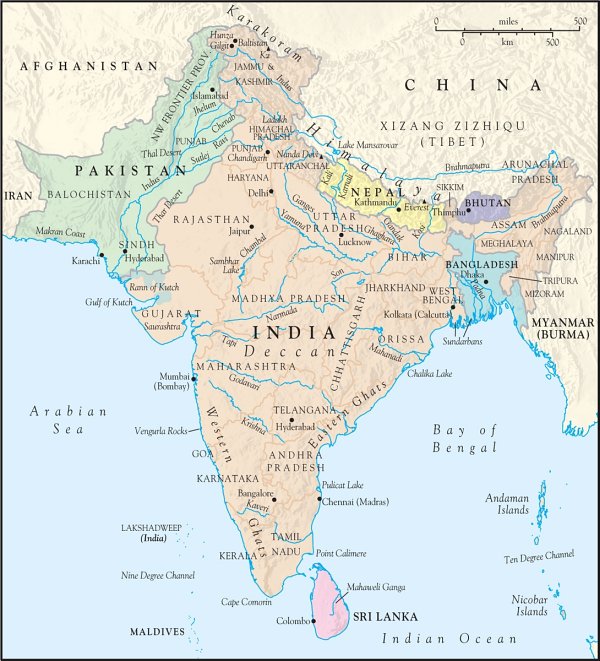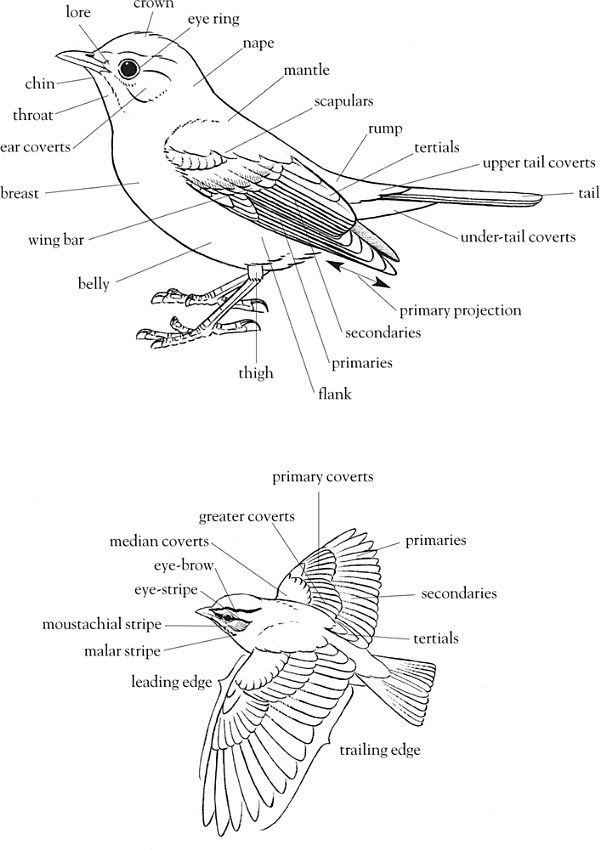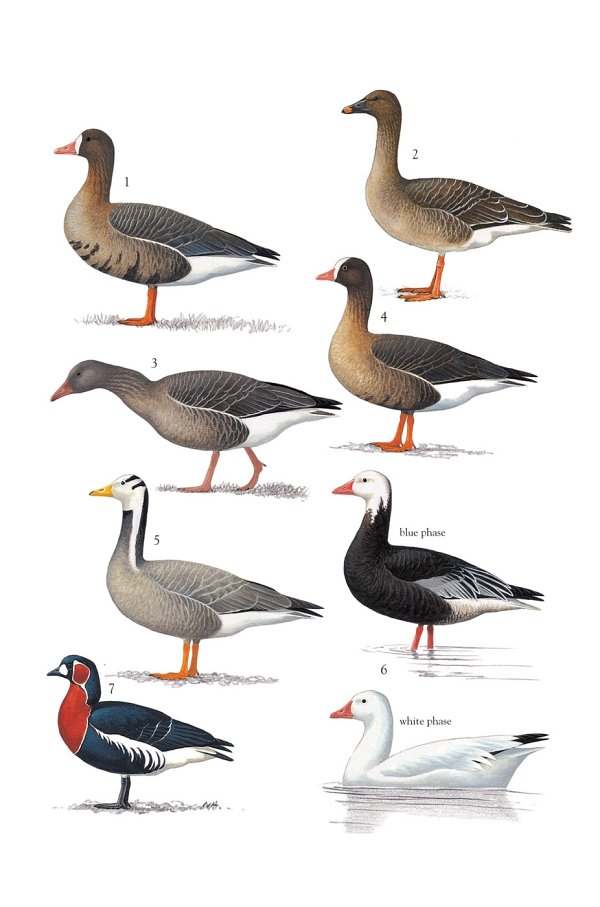William Collins
An imprint of HarperCollinsPublishers
1 London Bridge Street
London SE1 9GF
WilliamCollinsBooks.com
This eBook edition published by William Collins in 2015
Text Norman Arlott 2015
Illustrations, including cover artwork, Norman Arlott 2015
Norman Arlott asserts the moral right to be identified as the author of this work.
A catalogue record for this book is available from the British Library.
All rights reserved under International and Pan-American Copyright Conventions. By payment of the required fees, you have been granted the non-exclusive, non-transferable right to access and read the text of this eBook on-screen. No part of this text may be reproduced, transmitted, downloaded, decompiled, reverse engineered, or stored in or introduced into any information storage and retrieval system, in any form or by any means, whether electronic or mechanical, now known or hereinafter invented, without the express written permission of HarperCollins Publishers.
Source ISBN: 9780007429554
Ebook Edition March 2015 ISBN: 9780007560684
Version: 2015-03-20
I would like to dedicate this book to Linda, who has been not only a loving sister but also a great friend, and also to her husband Graham and family Karen and Tristan
Contents
Species Descriptions and Colour Plates
The format of this book follows that of my Palearctic, West Indies and North American volumes. Although my brief was, predominantly, to produce an illustrated checklist (space would not allow me to produce the ultimate field guide), it is hoped that within these pages I have given a helpful nudge towards what to look for when searching for new birds, as well as providing a reminder of birds seen.
Most of the text in this book is based on the type of notes I make before embarking on a field trip to a new area, and hopefully the text and illustrations together will help to identify most birds encountered. Obviously the use of more in-depth tomes will be required for some of the trickier species (see ).
I can only hope that with this work I have been able to add to the pleasure of anticipation or memory, and perhaps even added some extra piece of knowledge about the birds of this region.
Pakistan, India, Nepal, Bhutan, Bangladesh, Sri Lanka, the Andaman Islands, the Nicobar Islands and the Maldives.
I have endeavoured to include every species recorded in the region, apart from non-established introductions, and as many of the major subspecies as possible. Each has been depicted in breeding plumage, and non-breeding plumage when it differs significantly. To keep the book to a manageable size no juvenile plumages have been illustrated, although, when thought necessary and room permits, a short passage in Field Notes has been included.
I have needed to tweak the recommended order in places in order to aid plate composition; hopefully this will not cause too much aggravation.
The abbreviations and symbols used on the plates are as follows:
 = male,
= male,  = female, br = breeding, n-br = non-breeding.
= female, br = breeding, n-br = non-breeding.
I have headlined the English names that I believe are those used by most birders in the field, which means I have in many cases reverted to old-school names rather than some of the more modern interpretations. Most of these new names, along with other well-used ones, are included in parenthesis.
It is hoped that the illustrations will be all that is needed to identify a specific bird, but quite obviously with some of the trickier species more information is needed: hence the sections on Field Notes, Voice and Habitat.
FIELD NOTES: Because of the need to keep text to a minimum this section rarely mentions those aspects of a bird that should be obvious from the illustrations, e.g. wing-bars, bill shape etc. It is used mainly to point to a birds habits or to mention facets of identification that are hidden in a standing or perched bird.
VOICE: Probably the first sign of a birds presence. The descriptions are shown in italics. Where space has allowed I have included different interpretations of the same song. Although it is difficult to produce an accurate reproduction of bird songs or calls in the written word, this section is worth studying in order to get a feel for what is often the most important area of bird identification.
HABITAT: The main habitat preferences mentioned are those in which a species breeds; also included are wintering habitats if appropriate.
DISTRIBUTION: Mainly general, so should be read in conjunction with the maps.
Distribution maps (see areas indicate where a species may be found in the summer on its breeding grounds; blue  shows where it is found in winter when not breeding; and purple
shows where it is found in winter when not breeding; and purple  areas are where a species is a year-round resident.
areas are where a species is a year-round resident.
1 WHITE-FRONTED GOOSE (GREATER WHITE-FRONTED GOOSE)Anser albifrons 6478cm FIELD NOTES: Juvenile lacks the white at the base of the bill and has an unmarked belly. In flight shows uniform grey upperwing. VOICE: Typical goose cackling and a musical lyo-lyok in flight. HABITAT: Winters on wet grassland, stubble fields, lakes and rivers. DISTRIBUTION: Winters in N India, Pakistan and Bangladesh.
2 BEAN GOOSEAnser fabalis 6684cm FIELD NOTES: Juvenile more scaly on back, otherwise similar to adult. VOICE: A wink-wink and a deep nasal hank-hank, also typical goose cackling. HABITAT: Winters in open country, including agricultural land. DISTRIBUTION: Vagrant, recorded in Nepal and India.
3 GREYLAG GOOSEAnser anser 7590cm FIELD NOTES: In flight shows a distinctive pale grey forewing. Juvenile much as adult but more scaly with duller bill. VOICE: In flight gives a deep, honking aahng-ahng-ung. HABITAT: Occurs on wet grassland, agricultural land, lakes and rivers. DISTRIBUTION: Winter visitor mainly to N parts of the region.
4 LESSER WHITE-FRONTED GOOSEAnser erythropus 5366cm FIELD NOTES: Juvenile lacks the white at the base of the bill and has an unmarked belly; differs from juvenile White-fronted Goose by having a yellow eye-ring, usually only visible at close range. VOICE: In flight utters a repeated, squeaky kyu-yu-yu. HABITAT: Wet grassland, agricultural land and lakes. DISTRIBUTION: Winter visitor to N parts of the region.
5 BAR-HEADED GOOSE

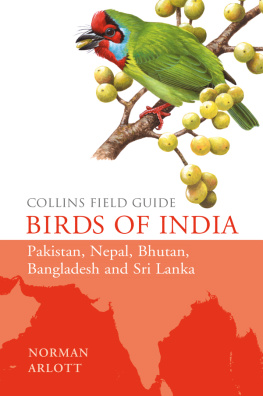
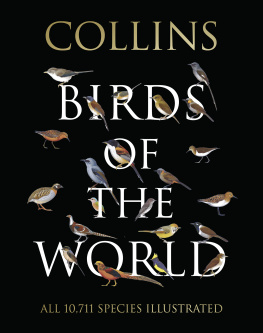
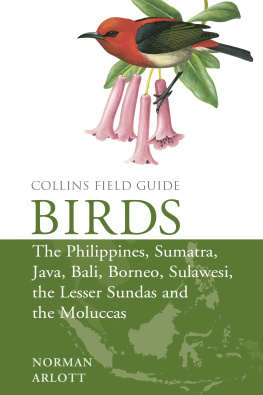
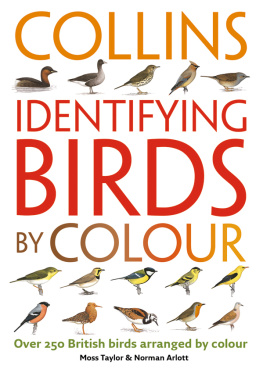
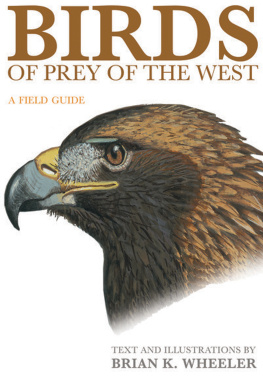
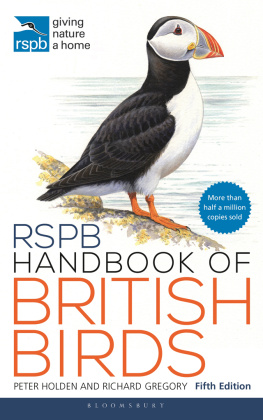
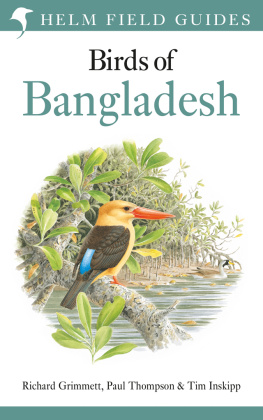
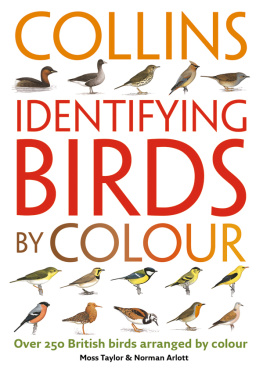
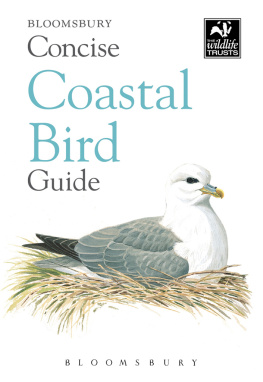
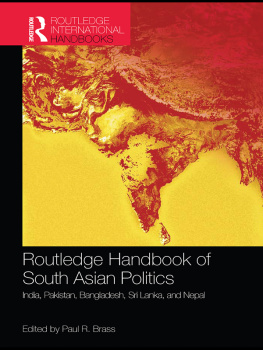

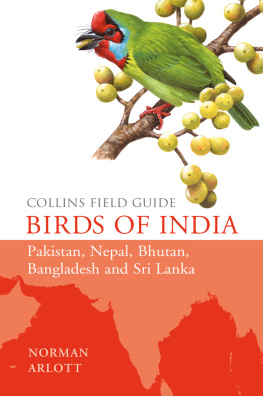
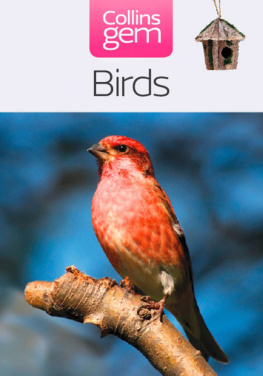

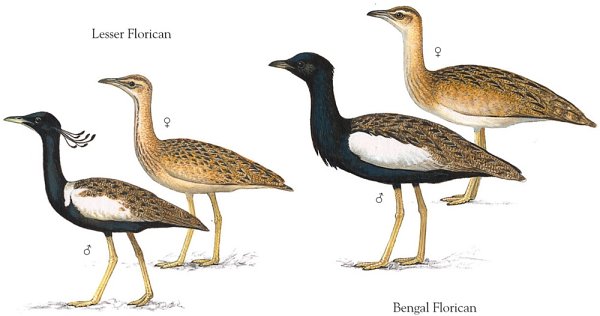
 = male,
= male,  = female, br = breeding, n-br = non-breeding.
= female, br = breeding, n-br = non-breeding. shows where it is found in winter when not breeding; and purple
shows where it is found in winter when not breeding; and purple  areas are where a species is a year-round resident.
areas are where a species is a year-round resident.